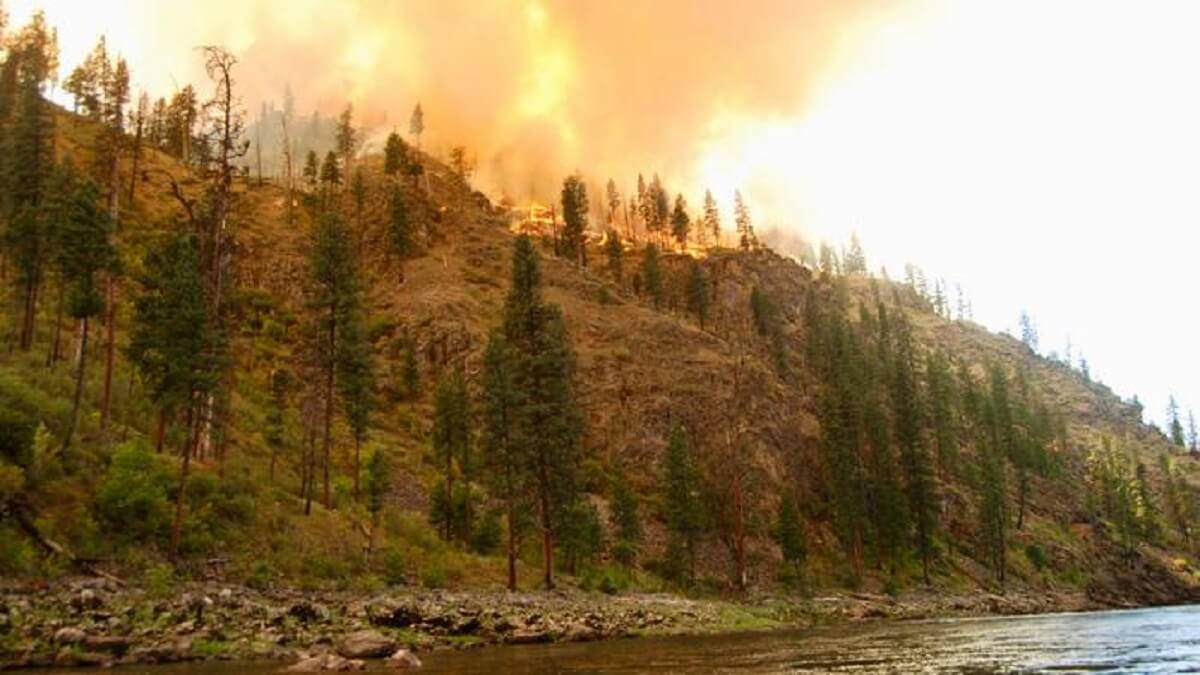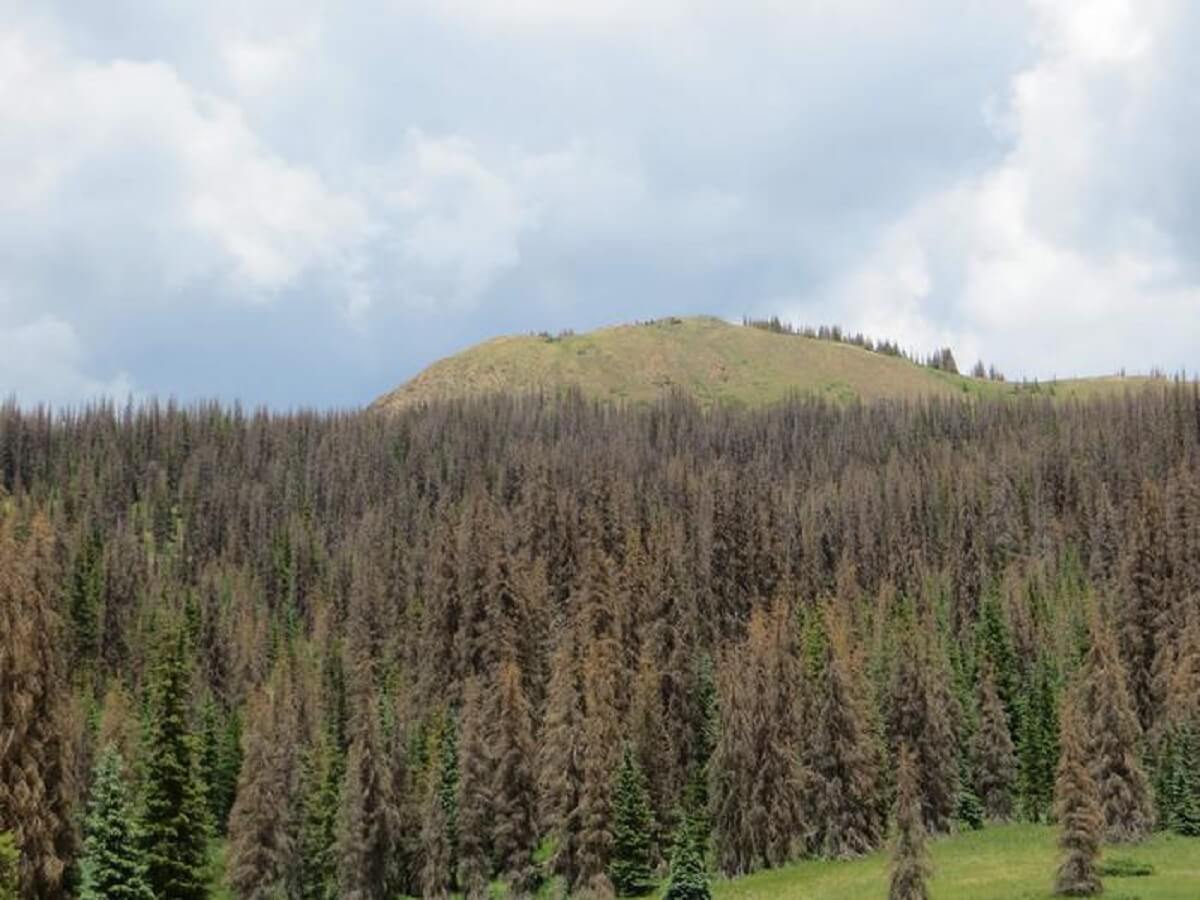SALT LAKE CITY, Utah — Rising wildfires could significantly decrease property values unless the world takes aggressive action on climate change, a new study warns. Scientists have long noted the toll global warming takes on the world, from floods and rising sea levels to extreme weather events, droughts, and wildfires. This study, conducted by a team at the University of Utah, marks one of the first attempts to quantify the potential loss in value of U.S. properties located in forested regions vulnerable to wildfires, climate-induced stress, and beetle infestations.
“We have insurance policies, we have seat belts in cars and airbags. All of these are to mitigate the risk of getting in a car accident or having a fire burn down your house,” says Biology Professor William Anderegg in a media release. “But fundamentally, all these tools to mitigate risk are predicated on knowing what the risks are and capturing how those risks might change.”
Climate change, he emphasizes, is reshaping the landscape of risks. As evidence, he cited insurers’ increasing reluctance to cover properties in states like California due to escalating wildfire risks. The study anticipates more properties in the United States will be at risk as the effects of climate change intensify.
“We find that property values exposed to these climate-sensitive disturbances increase sharply in future climate scenarios, particularly in existing high-risk regions of the western U.S. Additionally, novel exposure risks emerge in some currently lower-risk regions, such as the southeast and Great Lakes regions,” Prof. Anderegg says.

In August 2023, Hawaii witnessed the country’s deadliest wildfire in a century, which obliterated a city on Maui, resulting in over 100 deaths. Many of the properties most at risk are in the Southwest and California, regions where rising property values and deteriorating forest health converge.
While the study doesn’t pinpoint specific regions, areas like Northern Utah’s Emigration Canyon and Summit Park, known for their scenic beauty, are among those facing severe wildfire threats. The research analyzed three phenomena impacting property values: wildfires, tree mortality due to climate stresses, and tree mortality from insect infestations.
By studying potential developments through the mid and late 21st century under two scenarios, the team concluded that effective carbon emission-reduction strategies could significantly reduce property exposure risks.
“We looked at two separate climate scenarios, one in which we don’t really do anything [to reduce emissions driving warming]—it’s just business as usual, and things get more dramatically worse—and one in which we implement mitigation more aggressively,” says co-author Professor Tim Collins, co-director at the University of Utah’s Center for Natural and Technological Hazards. “What the results show is that under a scenario in which we actually try to mitigate emissions in a way that reduces impacts of climate change, you see substantially less property value at risk in the future.”

The study estimates that properties valued at around $4 billion (2017 value) are currently exposed annually to wildfires in the contiguous U.S. This figure could soar to between $22 and $45 billion by 2049 and 2099, respectively, if no action is taken. However, with aggressive climate action, the exposed property value could be capped at roughly $11 billion.
“What’s interesting is that people are drawn to those environments because of the amenities associated with forest resource. We actually just hold constant current levels of development, and we look at what is the effect of climate change and increased forest disturbance in terms of placing current property values at risk in the future,” adds Prof. Collins.
In essence, while wooded landscapes continue to attract homeowners due to their inherent appeal, the study emphasizes the escalating risks these regions face due to climate change, underscoring the urgent need for aggressive climate action.
The research is published in the journal Environmental Research Letters.
You might also be interested in:
- 7 in 10 homeowners put their house’s ‘health’ ahead of their own
- What’s a mortgage? 7 in 10 homeowners don’t understand the details of buying a house
- Californians are moving to wildfire-prone areas, study finds
South West News Service writer Stephen Beech contributed to this report.

